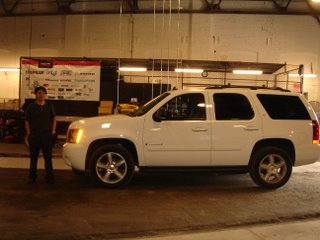Author: Axel Walthelm, Marek Litza
International Workshop on Advances in Service Robotics (ASER `03)
Abstract:
Service robots should have the ability of localizing acoustic sound sources especially when they have to work with and must be addressed by humans. A successful implementation of such an ability for the experimental mobile service robot MAVERIC is presented which is based on multi-scale cross-correlation of a stereo microphone signal.
Link2. DUAL-MICROPHONE SOURCE LOCATION METHOD IN 2-D SPACE
Author: Weiwei Cui, Zhigang Cao, Jianqiang Wei
ICASSP 2006
Abstract:
Array based source location attracts a growing interest nowadays, which is frequently used in videoconference, hearing aids and hands free telephone systems to detect a speaker’s position. Time delay estimation (TDE) based dual-step source location is assumed to be classical method in this field. Recently, a new technique is developed based on interaural level difference (ILD) method, which determines the source position by the energy ratio from microphone pairs. However, all these localization techniques need at least three sensors to obtain a 2D source locus. In this work, we combine the former two techniques, i.e., ILD and TDE based techniques, to present a novel localization approach by an array of only two microphones, and further provide its closed form solution. Our final simulation confirms that such method, which is thought to be more suitable for the equipments with small size, can achieve a good result under normal conditions.
Link
Link


